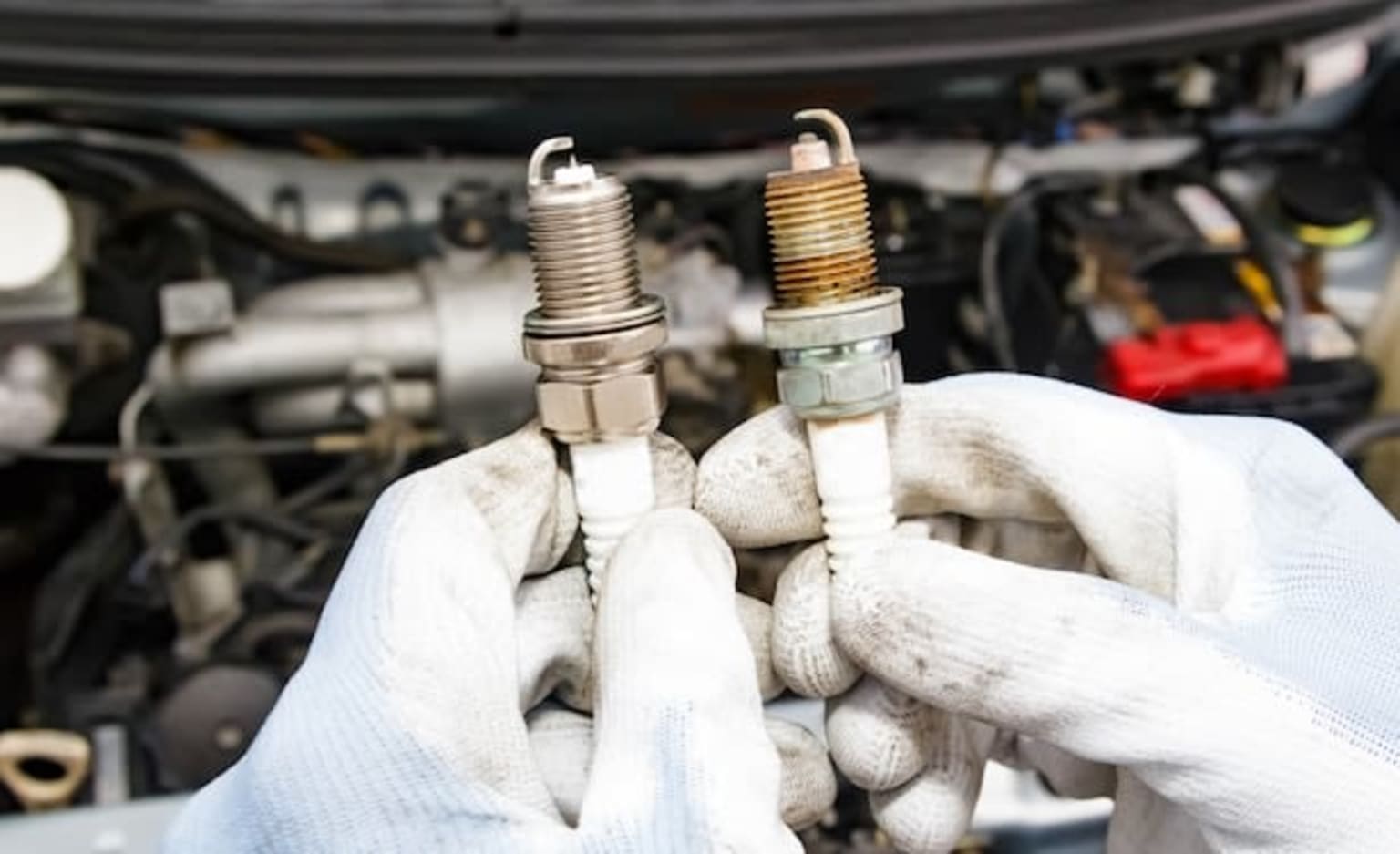
How To Install and Remove Your Car's Spark Plugs
Self servicing your car is beneficial for many reasons, including saving time as well as money. By learning how to install and replace a number of parts, you’re able to work on your car whenever it is best for you while in the comfort of your own home. Some enjoy doing this, while others enjoy bringing their car into a shop. When it comes to spark plugs, installing and removing them can be a bit tricky. If you like to have knowledgeable and well-trained technicians take care of your car, our Clarksville area Ford service center is here to help. With that being said, our team is also willing to help those those at home.
Spark plugs are used to deliver the electrical current from an ignition system to the combustion chamber, creating an electric spark to get the car started. These are vital to a car because without them you may find yourself stranded. Below are a few tips that can help you if you plan on installing spark plugs in your own car. Before you do that, be sure to check in our Ford parts department and get all the parts that are necessary for this service:
Purchase a service manual for your vehicle and look to see what are your vehicle’s specifications.
Get the necessary tools for this service. You will need the following: spark plug socket, torque wrench, ratchet, extension, and spark plug gap gauge.
Locate the spark plugs at the top of the engine.
If available, use compressed air to blow any dirt or debris away from the cylinder before spark plug removal.
Unscrew each spark plug with the spark plug socket and remove one spark plug at a time.
Check each spark plug when removing. If the tip is brown or grayish, the engine is running properly. If any other color, your engine isn’t running the way it should be.
Check the spark plug gaps and make sure they are to the specifications listed in your service manual, unless the manufacturer of the spark plugs recommends against it.
Before installing the new spark plug, apply a thin coat of anti-seize compound to the threads.
Tighten the new spark plug into the spark plug hole with your hands until you cannot tighten anymore. Once it can’t get tighter with your hands, use a torque wrench to tighten to the specifications.
Attach ignition coil or spark plug wire to the new spark plug and make sure it is fully seated on the plug.
Repeat steps for remaining spark plugs
Clarksville Area Ford Fans Can Simply Install Some Spark Plugs
Be sure to pay very close attention to the task at hand when installing your very own spark plugs. There are a few problems you might face along the way, so be careful during each step. One of the most common problems is that the spark plugs get over-tightened when being installed. Another common issue is that the spark plugs weren’t cleaned properly, causing them to either brake or work improperly.
Be sure to let the engine cool before removing the old spark plugs. An important rule of thumb is to make sure that there isn’t any carbon or other contamination in the cylinder head threads before you install them. Also, it is wise to make sure that the new spark plugs are not broken, as once they are put to use, they most likely will not be able to be returned.
To learn more about how we can help with all of your service needs, be sure to contact Apple Ford Lincoln by calling our service department at (866) 695-6642.